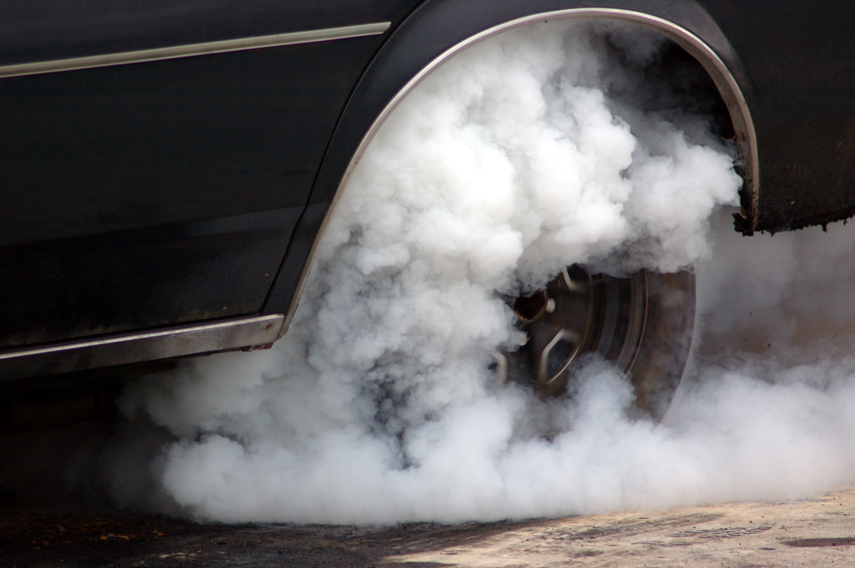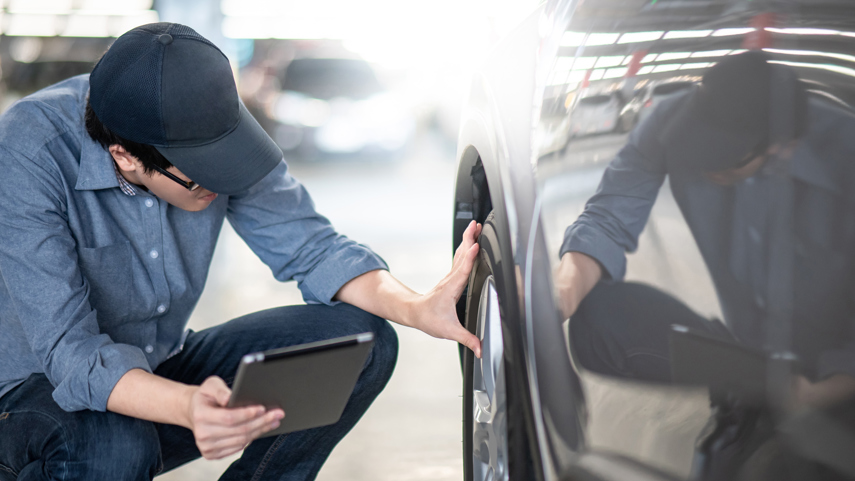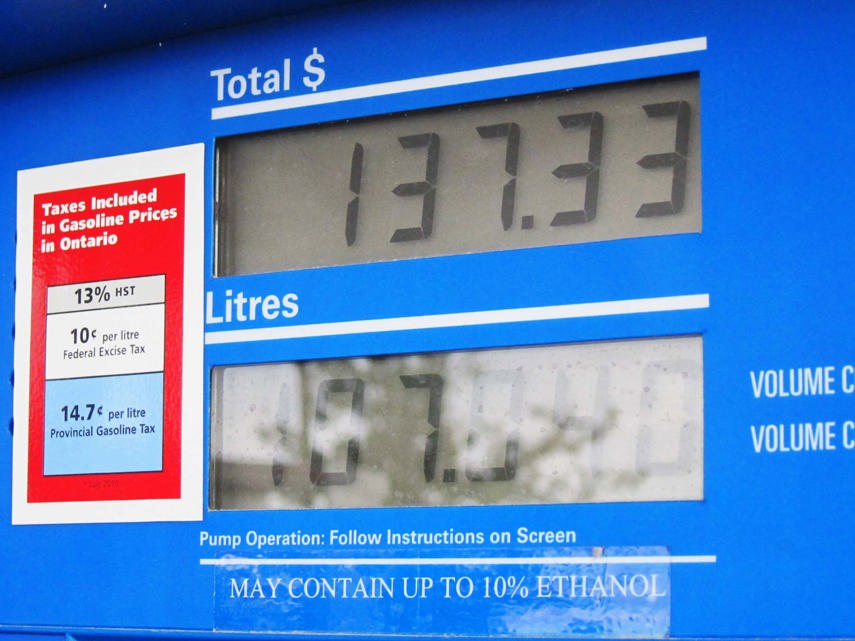If you’re not familiar with the term “sticker shock,” have a glance at the gas station. Fuel prices are at record highs in some areas, and they’re not likely to drop substantially anytime soon. What’s driving prices up, and what can you do about it? We have some tips to help you keep a bit more cash in your wallet.
Why Are Gas Prices So High Right Now?

Fuel prices always seem to be a mix of fact and fiction, beyond the fact that yes, retail fuel chains do ask their managers to check nearby stations and, if necessary, raise the price a couple of cents to match them in order to “stay competitive” (even though virtually every other industry tries to undercut the store across the street to draw in customers).
Oil is a commodity, subject to market forces, including crude producers that pump less than capacity to keep prices (and profits) stable. The war in Ukraine is definitely a price factor, and there’s a gap between supply and demand. Gasoline production was cut back during the pandemic, when fewer people needed gas because they weren’t travelling as much, especially to the office because many were working from home. More people are now driving and flying again – crude oil is also the basis of aviation fuel, and heating oil that’s in demand in winter. It takes a while to bring a refinery up to full production from its reduction to lower capacity, so the supply is still limited and the demand has increased.
Other factors include currency exchange, and the taxes rolled into what you pay at the pump, but for the most part, the jump in prices is tied to the global price for a barrel of oil. Here are some things you can do to help reduce your vehicle’s consumption.
Be a Gentle Driver

Canadians could likely save millions of litres of fuel every year without switching a single vehicle on the road to a hybrid or electric by just improving their driving. Jackrabbit starts, hard braking, and speeding all take their toll on your fuel economy. It doesn’t mean you’ll be holding up traffic – just accelerate gradually and smoothly from a stop, and it’ll make a huge difference.
Many drivers are consistently on and off the gas even when they’re on straight stretches. It wastes fuel and really annoys your passengers; instead, once you’re up to speed, regulate the throttle to stay at that speed or set the cruise control. Use your car's eco mode if it has one. Look as far ahead as possible, and assess traffic situations to smooth out your driving – any time you can avoid stop-and-go, you’re saving fuel.
Do the Maintenance

A vehicle that’s running right uses the least amount of fuel. Follow your scheduled maintenance, including oil changes and air filters. Check your tire pressure at least once a month – if they’re low, they’re wasting fuel, and also wearing down faster. Even if you have a tire pressure monitoring system (TPMS), you should still regularly use a gauge to check. TPMS only warns when a tire is at least 25 per cent below its recommended pressure. A tire can be wasting fuel even if it isn’t low enough to trip the sensor.
Use the Right Grade of Fuel

The higher the octane grade, the more you’ll pay, of course. If your owner’s manual or the sticker in the gas door says premium is “recommended,” you should be fine with 87-octane gasoline. You’ll get a slight decrease in horsepower, but in everyday driving, it’s unlikely you’ll notice the difference. If the sticker says premium is “required,” then you’ll have to pump the pricey stuff to make your vehicle run properly.
If you’re running regular fuel on a “premium recommended” car, or with an older engine, listen for any engine knock or hesitation. If that happens, move up a grade.
Travel Mean and Lean

Moving more weight means using more fuel. If your trunk’s full of junk, or your truck bed’s burdened down, clean it out to lighten the load. If you’re not going to be using your roof rack crossbars for a while, take them off – they affect aerodynamics and use more fuel.
Some people even keep a minimum of gas in the tank to reduce weight, but we don’t recommend it, especially in winter. You could potentially run out of fuel in bad weather, or if the highway’s jammed up with a crash, and you definitely don’t want that to happen when it’s cold. Your safety is more important than any potential fuel savings.
Plan Your Trips

Whenever possible, plan ahead to reduce the number of trips you’re making. Schedule your appointments so you can do a few in one trip. If you’re a two-car family, use the more fuel-efficient one when you’re travelling alone, and save the three-row SUV for when you have enough passengers to fill it. If you’re in the suburbs and need to go into a downtown core, it might even be worthwhile to use public transit if it’s convenient enough – which can also save you pricey parking fees, in addition to gasoline.
There’s an App for That

There are several apps you can download that show you which stations have the best prices. Some can alert you to upcoming price hikes, so you can fill up in advance, or provide navigation directions that avoid fuel-inefficient stop-and-go traffic.
Still, be smart about it. You can wipe out your savings if you drive to a faraway station, or idle in a long lineup to top up your tank, just to save a couple of cents a litre. It looks like high prices are going to be with us for a while, but our tips can help you save gas no matter what it costs.

